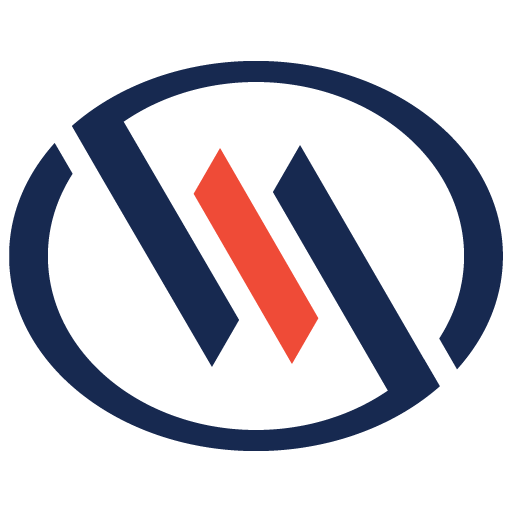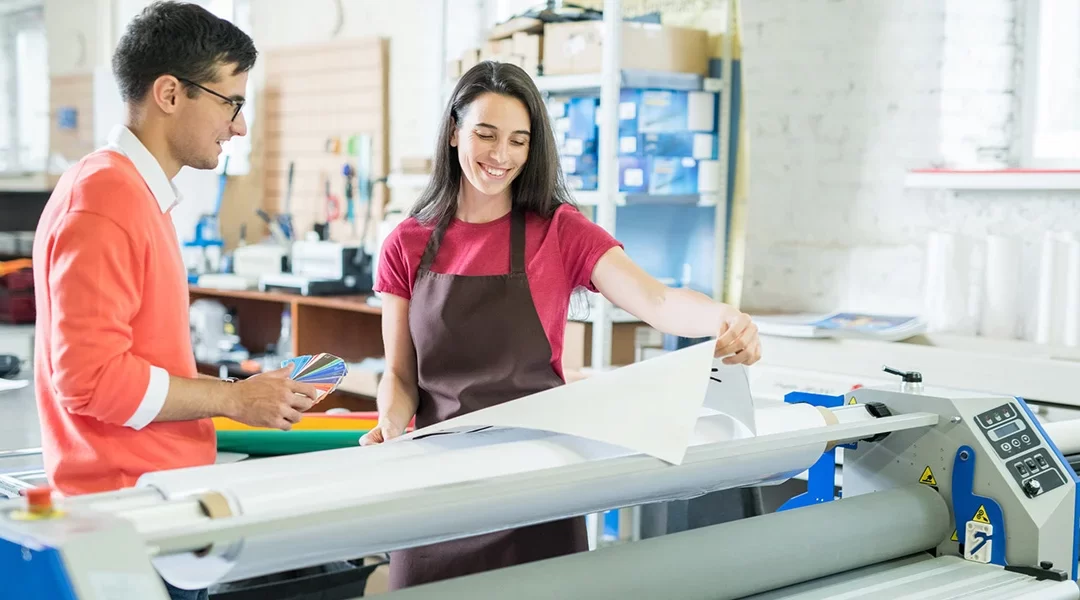The term graphic design usually conjures up images of cool logos, slick icons, beautiful illustrations, and killer page layouts. These are all good examples of graphic design, but there is an often-overlooked aspect to graphic design that is of equal, if not greater, importance: typography.
Typography is the style and format of an idea, conveyed in a visual word form. A skilled graphic designer can use typography to express an idea, sentiment, or meaning that adds to the words being displayed. Through the selection of a typeface, size, thickness, and space between the letters or lines a graphic designer can make the copy seem:

The most important thing about typography is to project the intended message or information. One of the keys to doing this is to ensure the message is readable. There are many decorative typefaces available today and they can be used to:

A best practice is to use decorative typefaces sparingly — usually as a headline, logo or where only a few words will be present. Try using a more plain, easy to read typeface where copy is more abundant. Decorative typefaces also take the viewer longer to read, making them better suited areas where eyes will rest for a while, rather than in areas that information will need to be conveyed quickly, for example:

The world of typography is vast and complex. It ranges from creating unique characters for a logo to organizing the copy on a page. The goal of typography is to enhance a message by adding information without sacrificing the readability of the message. All typography decisions are based on the target audience, message, available space, and intended application. Look around and you will start to notice the different was that typography is used to inform and influence you everyday.
![20250616_SPW_SEOSmallBizGuideCTA • Sharp Wilkinson Boost Your Online Visibility! Unlock the secrets to a top-ranking website with our FREE SEO Guide for Small Businesses. [Download Your Guide Now!]](https://sharpwilkinson.com/wp-content/uploads/2025/06/20250616_SPW_SEOSmallBizGuideCTA-1024x512.png)





